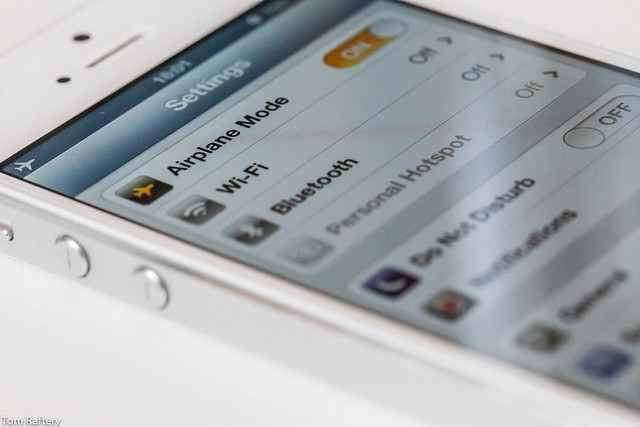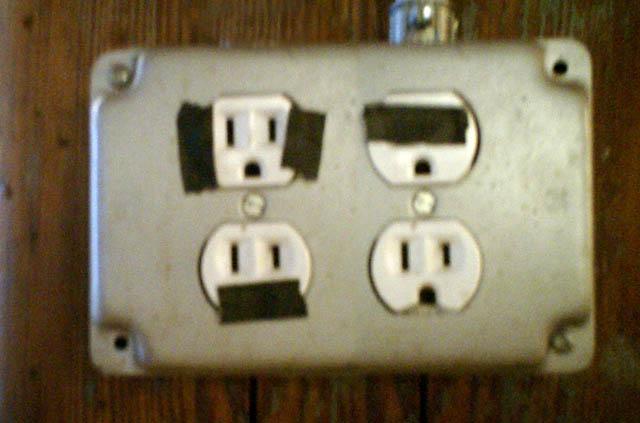It is hard to over-state the huge advances mobile devices have brought to companies in the last two years. We’ve featured a few examples here on GreenMonk in the past.
I was at the SAP for Utilities event in Copenhagen last week to moderate a panel and while there I happened to sit in on Rory Shaffer‘s talk on how mobile is impacting utility organisations, and it has been equally transformative there too!
Rory tells stories of how mobile apps and devices are helping the field work force reduce safety incidents, improve work quality, and shorten work cycles. For managers and executives, it allows them to see at their fingertips how their assets are performing, check customer trends and financial and regulatory exposure. Customers are also seeing new leaps forward in how they interact with their utilities thanks to mobile. Texas company CenterPoint Energy have a Mobile Outage Tracker app, for example available on both the Android and iOS platforms.
We are seeing a rise in the number of utilities with mobile portals for customers, faster resolution of issues thanks to mobile, and utilities starting to respond to their customers on the customers’ channels of choice (often Twitter or Facebook on customers’ mobile devices).
Rory cited some impressive outcomes from the rollout of mobile solutions by Pacific Gas and Electric. Their field worker productivity rose by 47% after the deployment because the new mobile solutions reduced their paper based workflow from twelve steps to five. Other advantages encountered included an increase in the average number of monthly work orders per employee from 43 to 87, substation inspection time reduced 80% from 2.5 hours to 20 minutes and reduced data entry time by an average 30 minutes per day.
Reductions in the number of steps by substituting with mobile also yields advantages like fewer data input errors, reduced paper use, and increased transparency across the organisation.
Most of these advantages achieved from the rollout of mobile applications are not unique to the utility industry, but are applicable to most industries across the board (particularly those with field service staff, it has to be said). The story of how mobile is changing enterprise is just starting out and if the efficiency gains of the last 24 months are any indication, we are in for exciting times ahead.
Image credit Tom Raftery




